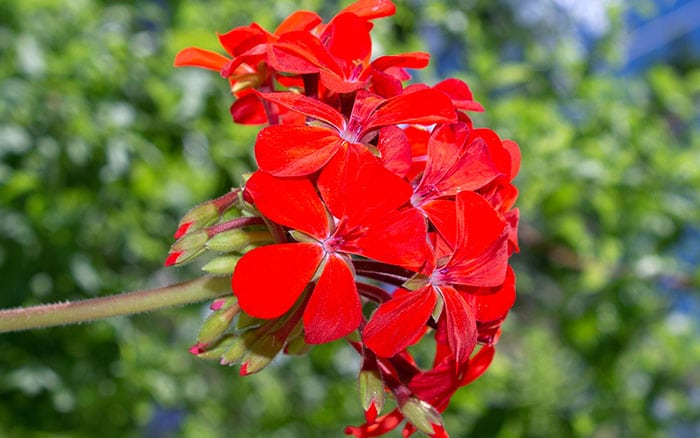As the nights draw in and the first frosts loom, turn attention to tender perennials that struggle outdoors through winter. Plants like pelargoniums, salvias, osteospermums, and fuchsias gave months of colour in summer.
Left unprotected, they can be killed by frost and excessively wet conditions. The good news is simple preparation now preserves plants and budgets. You also gain an early start next spring.
Choose the right plants
Not every perennial is worth saving, but unusual or expensive varieties usually are. Pelargonium cultivars, half-hardy salvias, argyranthemums, and tender daisies are strong candidates.
Check each plant carefully before bringing it in, discarding any with disease. Good hygiene prevents problems from spreading indoors. The best tender perennials to save are healthy, vigorous, and still growing.
Potting up and pruning
Lift plants from borders or large containers and pot into clean pots with free-draining compost. Firm gently for stability and drainage. Cut back straggly growth by about a third to ease handling and encourage compact growth later. Remove dead or damaged foliage to reduce rot. Label pots clearly so spring jobs stay simple.
Provide the right winter home
A bright, frost-free environment is essential for success. A heated conservatory, greenhouse, or sunny windowsill all work well. If space is tight, some plants overwinter in a cool, dry, frost-free place and go semi-dormant.
Do not let them dry out completely during dormancy. Overwintering tender perennials is about steadiness and protection, not speed.
Keep care to a minimum
Overwintering is not about encouraging growth. It is about keeping plants ticking over safely. Water sparingly, just enough to prevent wilting, and avoid feeding until spring growth resumes. Ensure good air circulation to prevent mildew and rot. Check leaves and compost regularly, correcting issues early.
The reward next spring
Potting up tender perennials now saves money and provides a valuable head start. You keep stronger, established plants ready to burst into growth. Come spring, pot them on, prune lightly to shape, and refresh compost surfaces. With warmth and brighter light, they leap back into life quickly.
For more great gardening advice, make sure you head to my YouTube Channel. Make sure you’re subscribed with notifications on so you don’t miss any of my new videos.
Frequently Asked Questions
1) Which plants are worth saving for winter?
Prioritise unusual or expensive varieties, plus pelargoniums, half-hardy salvias, argyranthemums, and tender daisies in good health.
2) How should I pot them after lifting?
Use clean pots with free-draining compost, firm gently, then label clearly. Remove damaged foliage and reduce straggly growth by one-third.
3) What conditions do they need indoors?
Provide bright, frost-free conditions in a conservatory, greenhouse, or sunny windowsill. Cool, dry, frost-free storage suits semi-dormant plants.
4) How much should I water and feed in winter?
Water sparingly to prevent wilting. Do not feed until spring growth resumes. Maintain airflow to limit mildew and rot.
5) What should I do in spring?
Pot plants on, prune lightly to shape, and refresh compost surfaces. With rising light and warmth, tender perennials respond quickly.



Leave A Comment